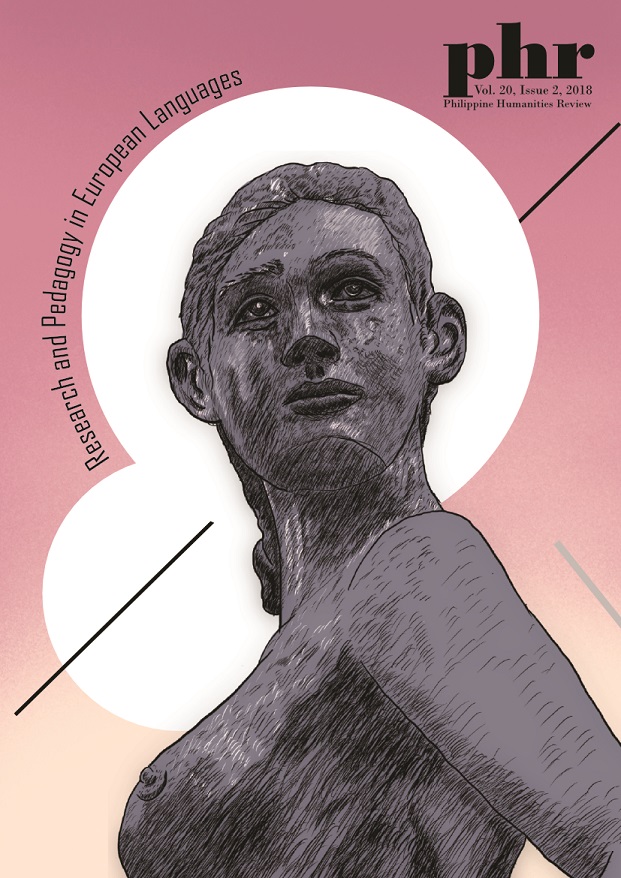Frauenbild: A corpus-based linguistic analysis of the most used adjectives and nouns for women in German newspaper and tabloid articles in 2017
Abstract
This study deals with the representation of five prominent German women in 2017 by examining the adjectives and nouns used to describe them in two German newspapers and two German tabloids. Its main goals are to describe contemporary depictions of women in select German print media through a lexical analysis of gendered manifestations of power dynamics. This study is guided by four questions about each article's general themes; the frequency and the semantic and pragmatic meanings of the adjectives and nouns, the difference in word choice of the newspapers and tabloids, and the existence of the traditional gender roles of women in German print media.
The corpus used for this study consists of all articles published in 2017 from Süddeutsche Zeitung, Die Zeit, BILD, and express web articles about Helene Fischer, Julia Görges, Diane Kruger, Herta Müller, and Frauke Petry. Through an amalgam of quantitative approaches of Baker et al. for corpus linguistics and Fairclough’s critical discourse analysis, and of qualitative concepts such as Bourdieu’s symbolic power and Althusser’s Interpellation, this study seeks to provide an insightful analysis of the most commonly used adjectives and nouns to describe these five women. Through an analysis of adjective and noun choice of the four German newspapers, this study has concluded that each of the five women was treated by the German print media differently due to the nature of their work.
KEYWORDS: corpus linguistics, portrayal of women, German print media, power relations, adjectives, nouns, critical discourse analysis, adjective classification


